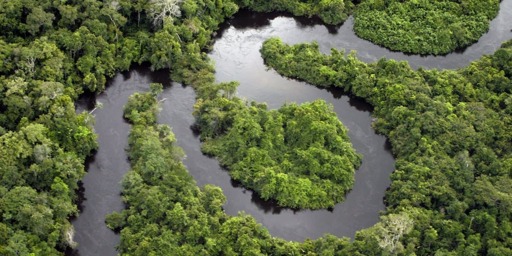- cross-posted to:
- news@hexbear.net
- cross-posted to:
- news@hexbear.net
cross-posted from: https://hexbear.net/post/5674661
It took six million years for the forests to return to the level of diversity they had before the meteorite, and the species that slowly grew back were completely different than what came before. Legumes—plants that form symbiotic relationships with bacteria that allow them to fix nitrogen from the air—were the first to appear, and they enriched the formerly nutrient-poor soil. This influx of nitrogen, along with phosphorus from the meteorite’s ash, enabled other flowering plants to thrive alongside the legumes and to displace conifers. As flowering species competed for light, they formed dense canopies of leaves and created the layered Amazon rain forest we know today, which is characterized by a blanket of productivity up top and a dark understory at the bottom.
Legumes after an asteroid? Space peanuts!
Miracle legumes!
Bae, wake up, new space elevator just dropped down the beanstalk.




